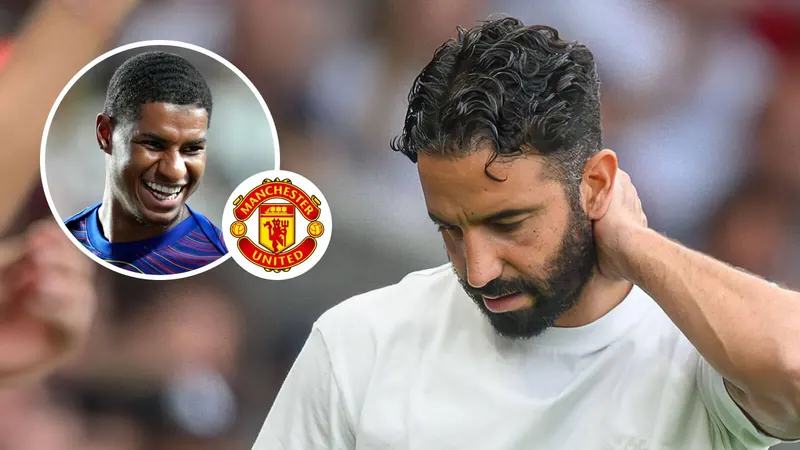
Soccer Headers: Hidden Dangers for Your Brain Revealed!
2025-09-17
Author: Daniel
The Surprising Risks of Heading in Soccer
While heading the ball might seem like just another part of the game, groundbreaking research is revealing alarming risks associated with this common practice. Studies by scientists from Columbia University and the Albert Einstein College of Medicine involving over 350 amateur soccer players are uncovering disturbing changes in brain structure linked to frequent heading.
Repetitive Impacts: A Growing Concern
It's no secret that contact sports bear risks for brain health, but this study shines a light on the impact of repetitive heading. Dr. Michael L. Lipton, a renowned radiology professor at Columbia, points out that while sports can have cognitive benefits, the repeated impacts from heading may negate these advantages. 'These minor head impacts could lead to long-term structural changes in the brain,' he warns.
What About the Brain?
Previous research largely focused on the deep white matter of the brain, overlooking the juxtacortical layer where crucial damage might occur. This juxtacortical white matter, located just below the surface, has now been identified as particularly susceptible to strain from repeated head impacts.
Delving Deeper into the Study
The innovative study categorizes 352 amateur soccer players based on their heading frequency, finding that players hit the ball over 3,000 times yearly showed significant brain changes, especially in key regions linked to memory and learning.
Disruptions in Sulcal White Matter
Using advanced diffusion MRI technology, researchers discovered that players with a high frequency of headers exhibited marked disruptions in sulcal white matter, particularly in areas critical to cognitive functions such as verbal learning and memory. This correlation raises serious questions about the long-term cognitive health of amateur soccer players.
The Implications for Amateur Players
The findings challenge the notion that only professional athletes face brain health risks. With amateur players experiencing significant cognitive declines, the study underlines a pressing need for awareness and further investigation.
The Path Forward: Need for More Research
Despite the study's alarming revelations, it comes with a caveat. Many estimates relied on players’ self-reported data, which can be skewed. Plus, cognitive tests were narrowly focused, leaving gaps in understanding other cognitive areas. The question remains: are these brain changes permanent, progressive, or could they be reversed?
As Dr. Lipton concludes, more exhaustive research is crucial for developing effective strategies to identify and manage sports-related head trauma early. The need for protective measures in youth and amateur soccer is clearer than ever.

 Brasil (PT)
Brasil (PT)
 Canada (EN)
Canada (EN)
 Chile (ES)
Chile (ES)
 Česko (CS)
Česko (CS)
 대한민국 (KO)
대한민국 (KO)
 España (ES)
España (ES)
 France (FR)
France (FR)
 Hong Kong (EN)
Hong Kong (EN)
 Italia (IT)
Italia (IT)
 日本 (JA)
日本 (JA)
 Magyarország (HU)
Magyarország (HU)
 Norge (NO)
Norge (NO)
 Polska (PL)
Polska (PL)
 Schweiz (DE)
Schweiz (DE)
 Singapore (EN)
Singapore (EN)
 Sverige (SV)
Sverige (SV)
 Suomi (FI)
Suomi (FI)
 Türkiye (TR)
Türkiye (TR)
 الإمارات العربية المتحدة (AR)
الإمارات العربية المتحدة (AR)